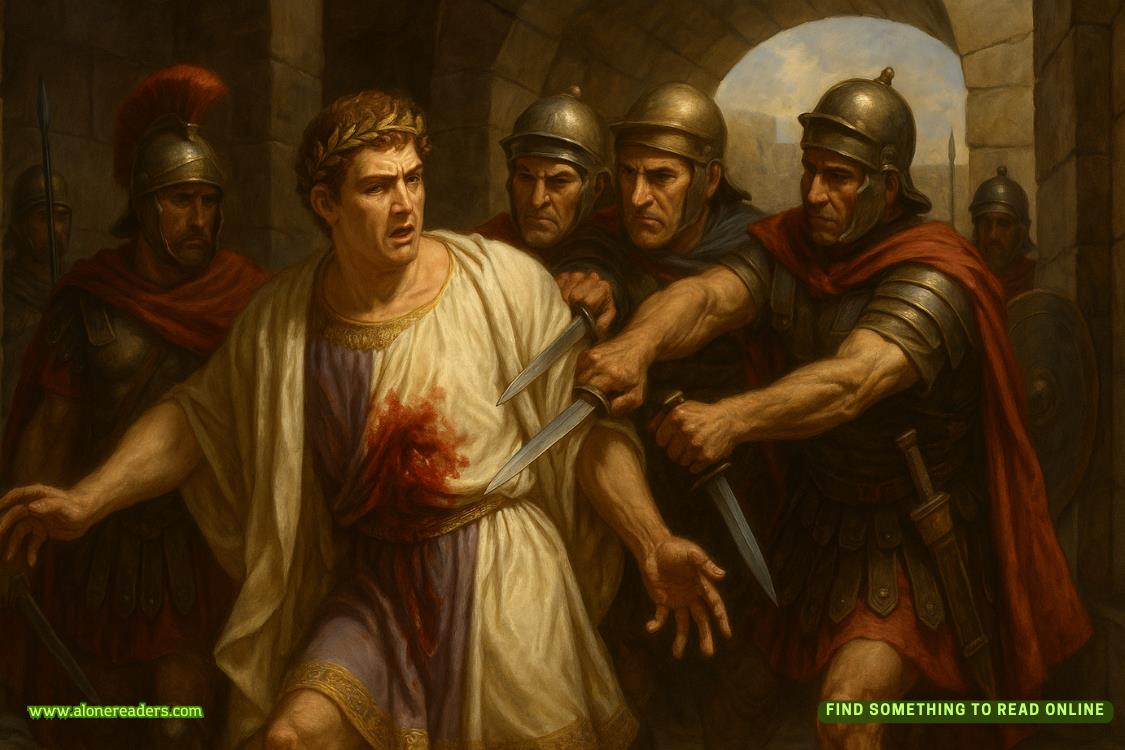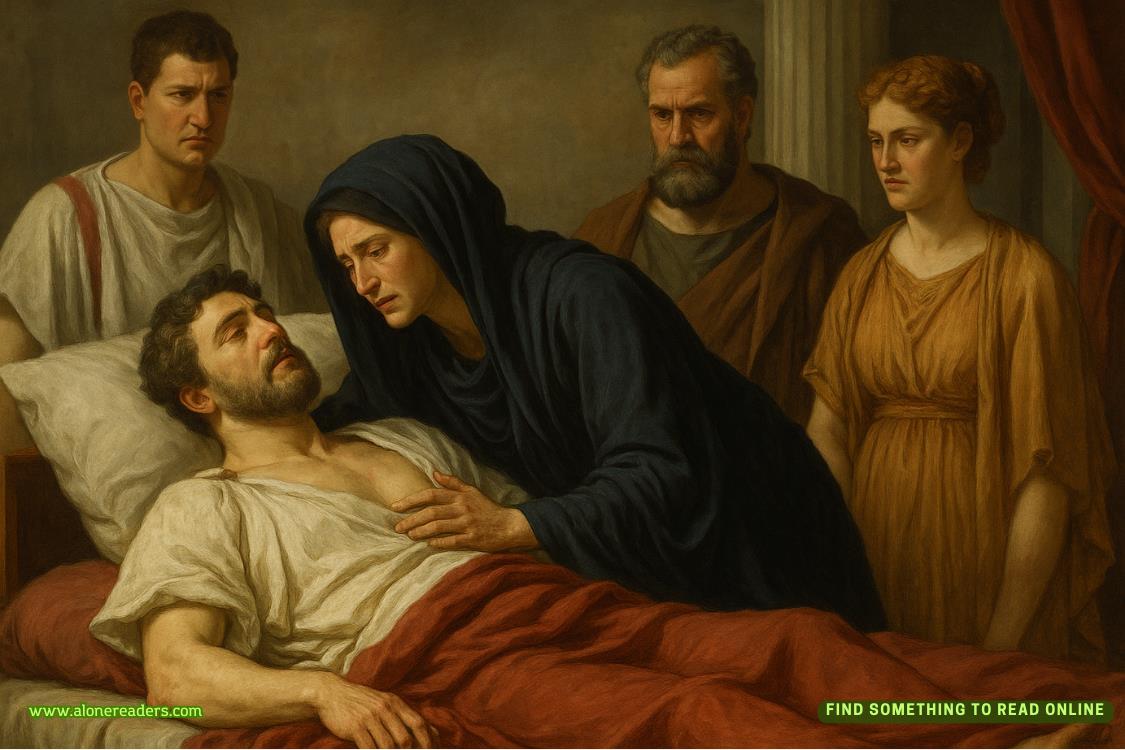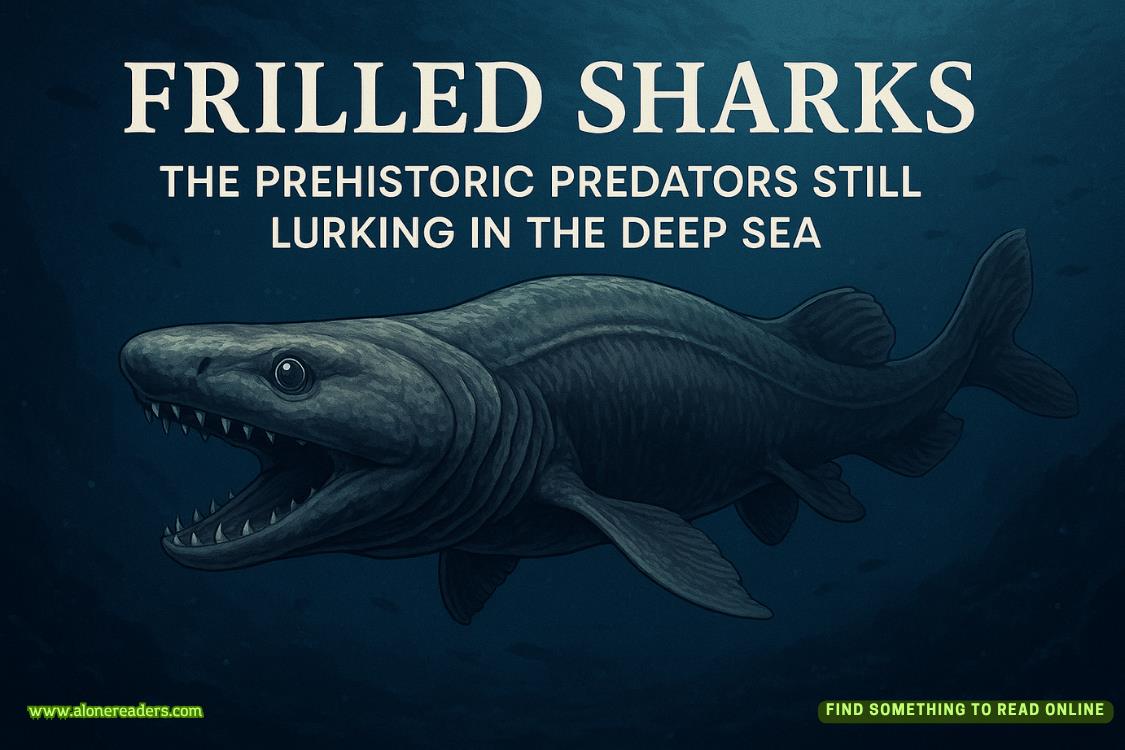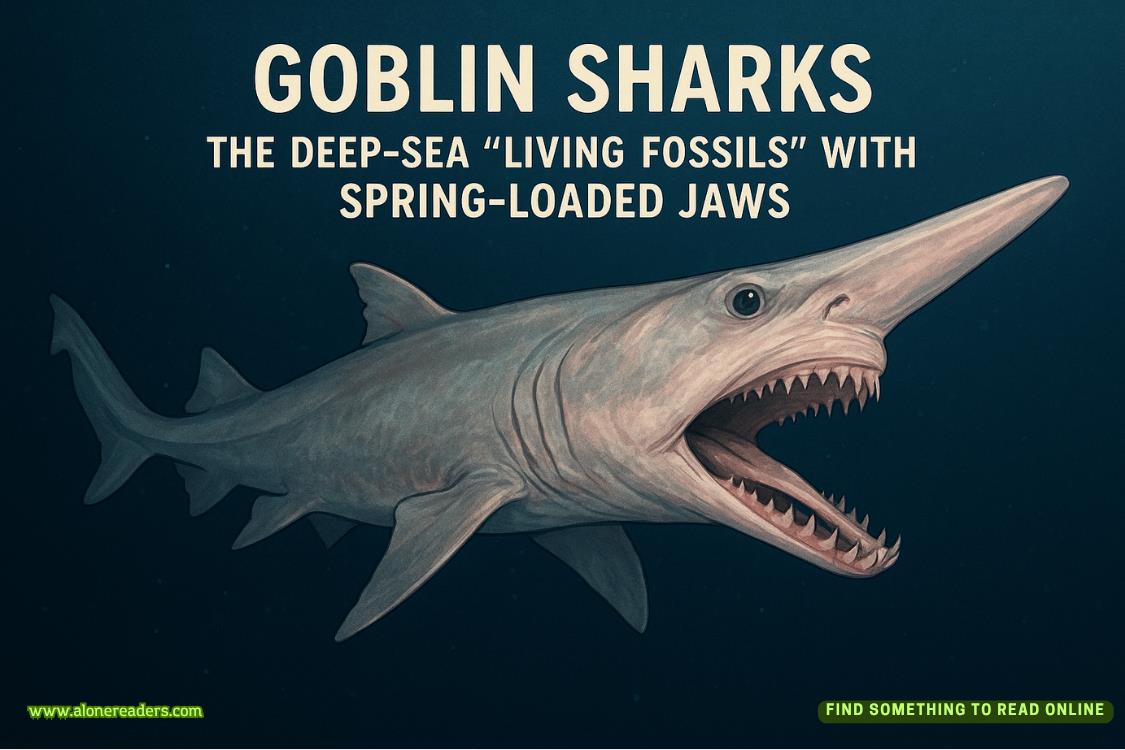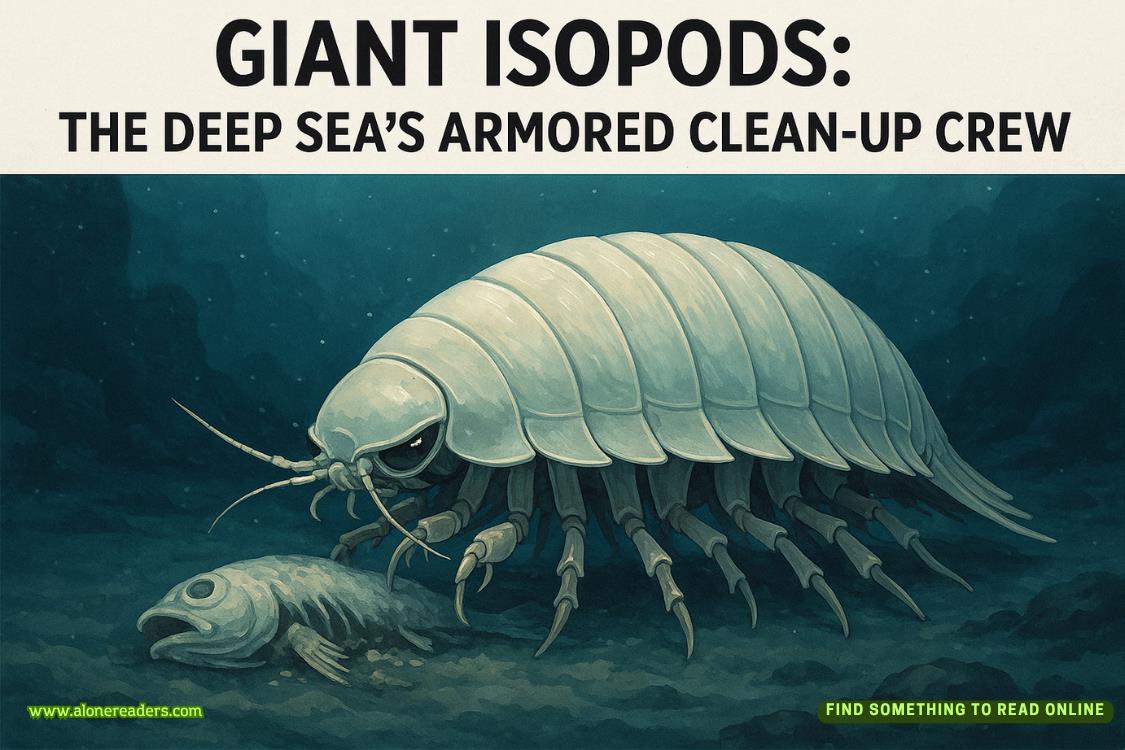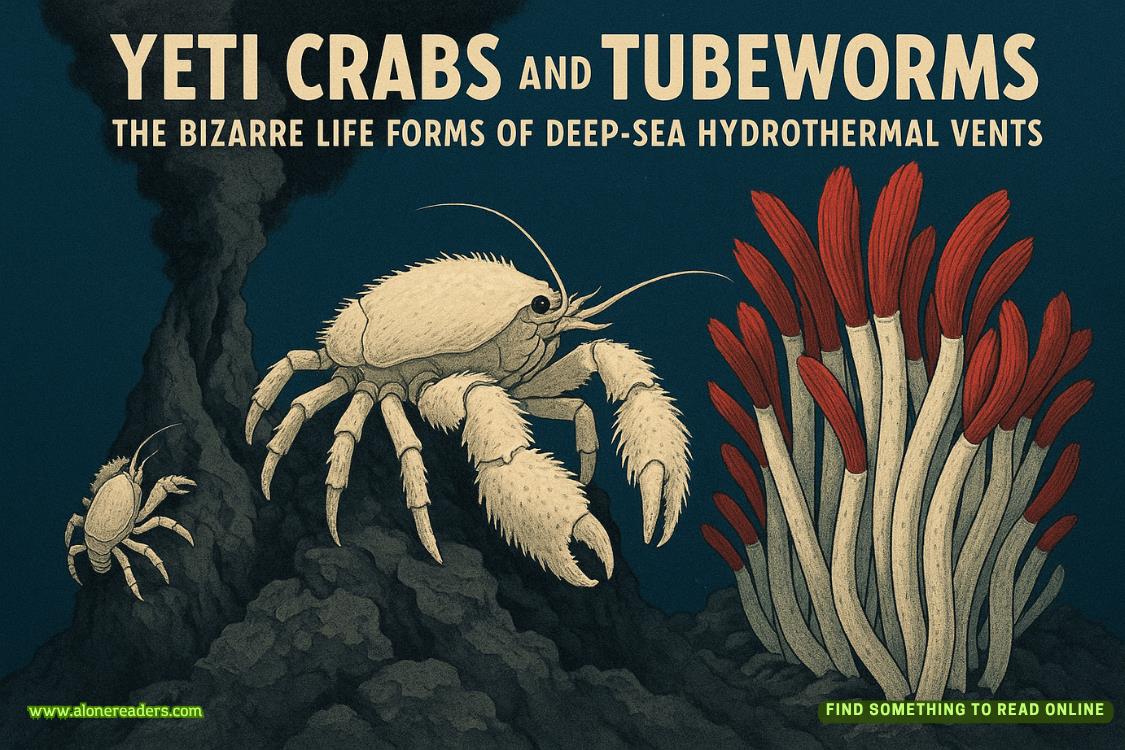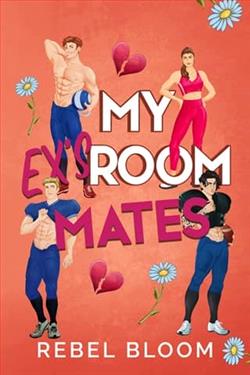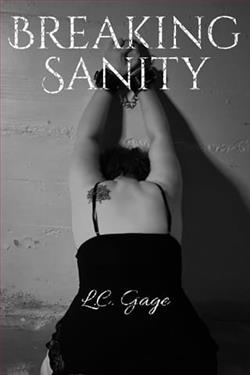Page 48 of Cold as Hell
I back up, and the two men bring Lynn in. She’s wrapped in a sheet, and April makes a noise of obvious disapproval.
“I wrapped her once we knew it wasn’t murder,” I say. “I wasn’t concerned about fibers.”
“I believe,” she says, struggling to keep her tone gentle, “that making the determination regarding murder is my job.”
“Agreed, but I still made the call on the sheet. There was a chance someone would see the guys carrying her, and given her state, I didn’t want that.”
April frowns. “Because she’s dead?”
“That and…” I motion as Dalton unwraps the sheet.
“You undressed her?” April says.
“No, we found her like that. We first found a few pieces of her clothing.” I explain our theory of paradoxical undressing.
“Oh,” she says. “I have heard of that. The science is sound, I suppose.”
“So can we stop judging how I chose to transport her and move on to the examination?”
“I apologize.” Her tone is not exactly apologetic, but I’ve learned to live with that. There are many things about my sister I’m learning to live with, because forcing her to act in a way I understand is as wrong as her forcing me to act in a waysheunderstands.
Dalton carries over a stool as I move up to the exam table. I accept it along with his help getting up. Then he melts into the background, and Anders begins preparing April’s implement tray as I explain my findings.
The first thing April does is check those wounds. She repeats the same process I did, pulling apart the edges and peering down. She also uses a light and a magnifier to be sure of what she’s seeing.
“Minor damage to the intestines,” she says. “Consistent with a bite. For such shallow wounds to have caused death, theywould have needed to be septic, but the wounds were clearly inflicted postmortem.”
She moves to Lynn’s scalp, the next most likely place for me to have missed something. She takes more time than I did here, but comes away with the same conclusion.
“No evidence of contusions,” she says.
“And if we did find one, it could be related to hypothermia,” I say. “She becomes disoriented, trips and bangs her head.”
“Yes. I will accept that I see no signs of trauma. Concluding hypothermia is difficult. There are signs I would expect to see in an autopsy, but the lack of them doesn’t preclude hypothermia. I presume you will still like the autopsy conducted.”
I nod. “Can you start by checking for Wischnewski spots? If we find them, we have our answer. If not, we’ll need a full autopsy.”
I turn to Dalton. “Are we notifying Grant first?”
“Can he stop us from autopsying her?” Dalton asks.
“He can try, and ethically we might need to listen, but they signed away those rights when they came here. We are allowed to conduct an autopsy, just as we would down south if we had reason to suspect her death wasn’t from hypothermia.”
“Go ahead then. I’ll deal with Grant.”
Wischnewski spots are black dots on the gastric mucosa—a layer of mucous membrane in the stomach. They’re found in many cases of hypothermia… and not often found otherwise. That’s what April starts with, partly because the wolverine damage means Lynn’s abdomen has already been opened.
April finds the spots, and we take turns looking at them.
“Hypothermia, then,” April says. “I do not see any reason to continue the autopsy, unless you have concerns.”
“I don’t,” I say.
Anders clears his throat. I glance over.
“You… might want to look at her left wrist, Case,” he says.
I frown. We all look toward Lynn’s wrist. At first, I see nothing. Then, as I move closer, I pick up what looks like a very faint abrasion on the tender underside.
